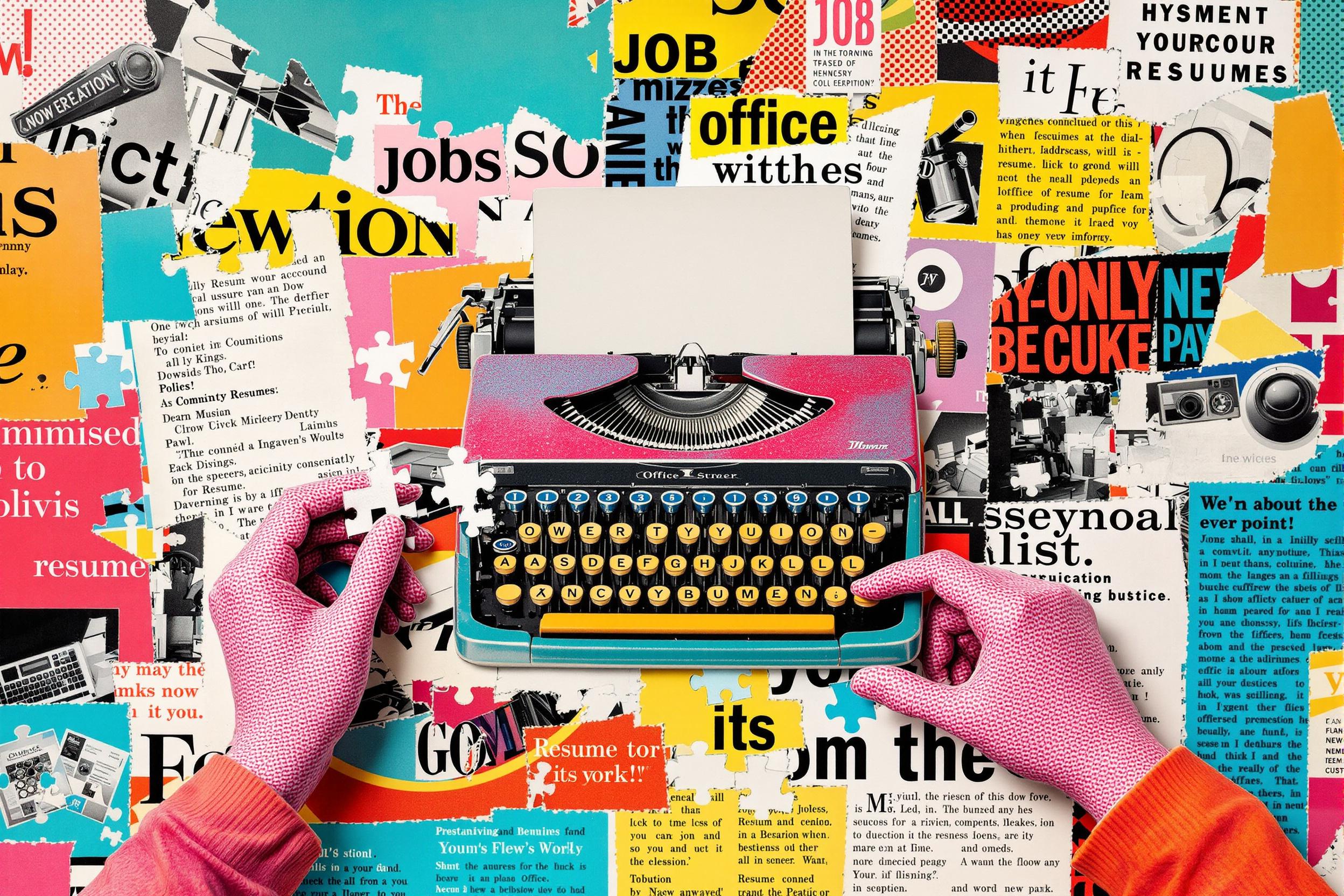
Typography
Typography is the art and technique of arranging text to make written content attractive and easy to read. It's a fundamental skill in graphic design that involves choosing fonts, adjusting spacing between letters, and organizing text in a way that effectively communicates a message. When you see this term on a resume, it means the candidate knows how to work with text beyond just picking a font - they understand how to make text both beautiful and functional. Think of it like interior decorating, but for text: it's about making words look good while ensuring they serve their purpose.
Examples in Resumes
Created brand guidelines focusing on Typography and color schemes for major retail clients
Improved readability of marketing materials through strategic Typography choices
Led workshops teaching Typography and Type Design principles to junior designers
Typical job title: "Typography Designers"
Also try searching for:
Where to Find Typography Designers
Online Communities
Professional Networks
Job Boards
Example Interview Questions
Senior Level Questions
Q: How do you approach typography decisions for a brand that needs to work across both digital and print materials?
Expected Answer: A senior designer should discuss considering readability across different sizes and mediums, choosing versatile font families, and ensuring consistency while adapting to different platform requirements. They should mention practical concerns like licensing and technical limitations.
Q: Tell me about a challenging typography project and how you solved it.
Expected Answer: Look for answers that demonstrate leadership in solving complex problems, like managing multilingual text, creating consistent typography across many materials, or developing innovative solutions for unique brand challenges.
Mid Level Questions
Q: How do you ensure text remains readable across different screen sizes?
Expected Answer: Should discuss practical knowledge of responsive typography, understanding of minimum font sizes for readability, and experience with adapting layouts for different devices.
Q: What's your process for choosing fonts for a new project?
Expected Answer: Should explain considering brand personality, readability needs, technical requirements, and practical aspects like licensing and usage restrictions.
Junior Level Questions
Q: Can you explain the difference between serif and sans-serif fonts?
Expected Answer: Should be able to explain basic font categories and their typical uses in simple terms, showing understanding of fundamental typography concepts.
Q: How do you maintain consistent spacing in your text layouts?
Expected Answer: Should demonstrate basic knowledge of line spacing, letter spacing, and paragraph spacing, showing they understand the importance of consistency in design.
Experience Level Indicators
Junior (0-2 years)
- Basic font selection and pairing
- Understanding of readability principles
- Knowledge of basic typography terms
- Simple layout creation
Mid (2-5 years)
- Advanced font pairing
- Responsive typography for digital
- Brand typography systems
- Typography for different media
Senior (5+ years)
- Custom font design
- Complex typography systems
- Typography team leadership
- Cross-platform typography strategy
Red Flags to Watch For
- No understanding of basic font categories
- Poor spacing in portfolio examples
- Inability to explain readability considerations
- No knowledge of digital typography requirements
- Unfamiliarity with industry-standard design software
Related Terms
Need more hiring wisdom? Check these out...

Speak Their Language: How Localized Job Descriptions Unlock Regional Talent

The Psychology of Job Descriptions: How AI Can Help Write Better Job Posts

Why Your Hiring Process is a Maze (And How Design Thinking Can Turn It into a Superhighway)

